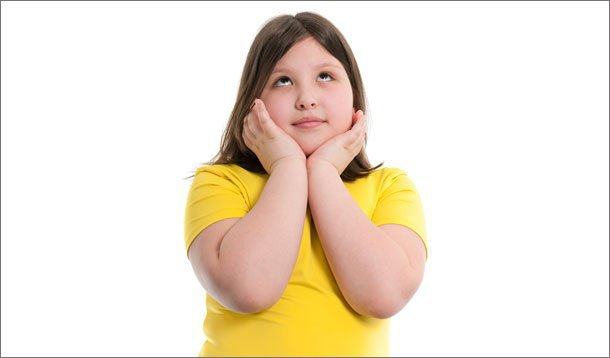The number of overweight children in India States has increased dramatically in recent years. Approximately 10 percent of 4 and 5 year old children are overweight, double that of 20 years ago. Overweight is more prevalent in girls than boys and in older pre-schoolers (ages 4-5) than younger (ages 2-3). Obesity increases even more as children get older. For ages 6 to 11, at least one child in five is overweight. Over the last two decades, this number has increased by more than 50 percent and the number of obese children has nearly doubled. For most children, overweight is the result of unhealthy eating patterns (too many calories) and too little physical activity. Since these habits are established in early childhood, efforts to prevent obesity should begin early.
Childhood obesity is a serious medical condition that affects children and adolescents. It occurs when a child is well above the normal body fat for his or her age. Childhood obesity is particularly troubling because the extra kgs often start children on the path to health problems that were once confined to adults, such as diabetes, high blood pressure and high cholesterol. Childhood obesity can also lead to poor self-esteem and depression. One of the best strategies to reduce childhood obesity is to improve the diet and exercise habits of your entire family. Treating and preventing childhood obesity helps protect the health of your child now and in the future. Not all children carrying extra kgs are overweight or obese. Some children have larger than average body frames. And children normally carry different amounts of body fat at the various stages of development. So you might not know just by looking at your child if his or her weight is a health concern. Your child’s doctor can help you figure out if your child’s weight could pose health problems using growth charts and, if necessary, other tests.
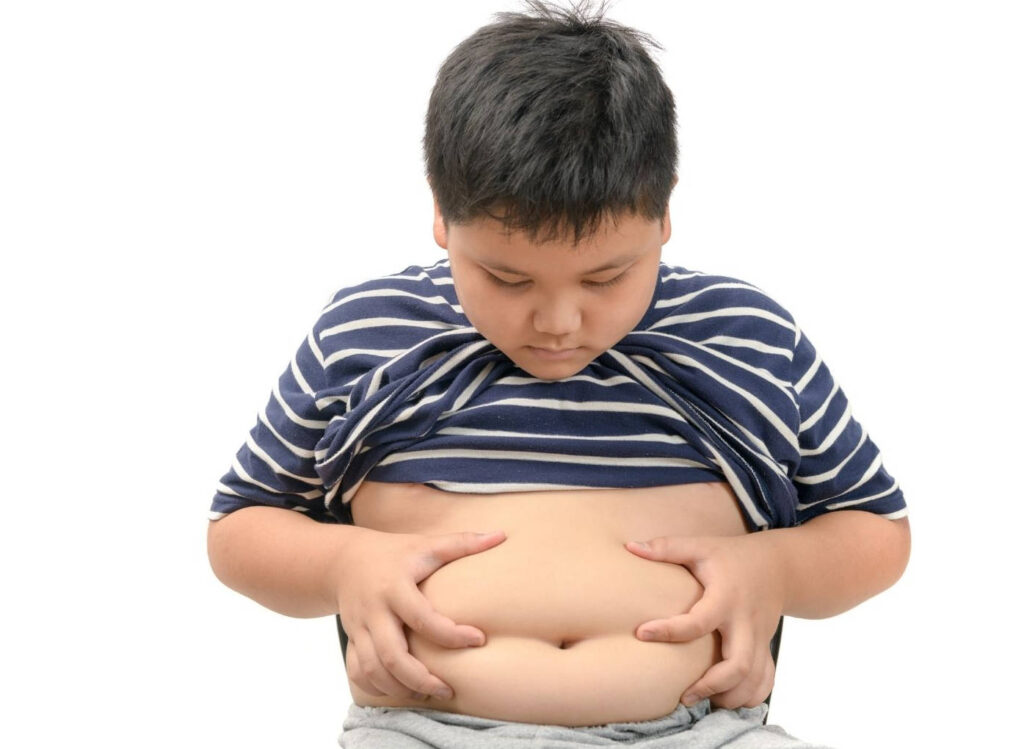
Causes
Lifestyle issues — too little activity and too many calories from food and drinks — are the main contributors to childhood obesity. But genetic and hormonal factors may play a role as well. For example, recent research has found that changes in digestive hormones can affect the signals that let you know you’re full. Though not common, there are also genetic diseases and hormonal disorders that can make a child prone to obesity.
Risk factors
Many factors — usually working in combination — increase your child’s risk of becoming obeset:
Diet. Regularly eating high-calorie foods, such as fast foods, baked goods and vending machine snacks, can easily cause your child to gain fat. Soft drinks, candy and desserts also can cause fat gain.
Lack of exercise. Children who don’t exercise much are more likely to gain fat because they don’t burn as many calories. Too much time spent in sedentary activities, such as watching television or playing video games, also contribute to the problem.
Family factors. If your child comes from a family of obese people, he or she may be more likely to put on fat. This is especially true in an environment where high-calorie foods are always available and physical activity isn’t encouraged.
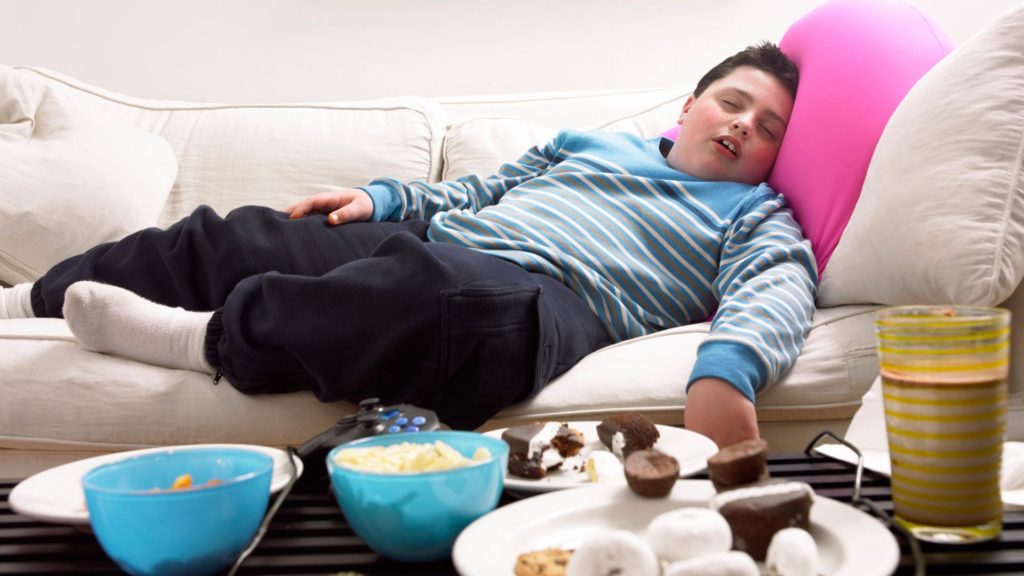
Psychological factors. Some children overeat to cope with problems or to deal with emotions, such as stress, or to fight boredom. Their parents may have similar tendencies.
Socioeconomic factors. People in some communities have limited resources and little access to supermarkets. As a result, they may opt for convenience foods that don’t spoil quickly, such as frozen meals, crackers and cookies. In addition, people who live in lower income neighbourhoods may not have access to safe places to exercise.
Complications
Childhood obesity can have complications for your child’s physical, social and emotional well-being.
Physical complications.
Diabetes. Type 2 diabetes. Type 2 diabetes is a chronic condition that affects the way your child’s body uses sugar (glucose). Obesity and a sedentary lifestyle increase the risk of type 2 diabetes.
Metabolic syndrome. Metabolic syndrome isn’t a disease itself, but a cluster of conditions that can put your child at risk of developing heart disease, diabetes or other health problems. This cluster of conditions includes high blood pressure, high blood sugar, high triglycerides, low HDL (“good”) cholesterol and excess abdominal fat.
High cholesterol and high blood pressure. Your child can develop high blood pressure or high cholesterol if he or she eats a poor diet. These factors can contribute to the build-up of plaques in the arteries. These plaques can cause arteries to narrow and harden, which can lead to a heart attack or stroke later in life.
Asthma. Children who are overweight or obese may be more likely to have asthma.

Sleep disorders. Obstructive sleep apnea is a potentially serious disorder in which a child’s breathing repeatedly stops and starts when he or she sleeps. It can be a complication of childhood obesity.
Nonalcoholic fatty liver disease (NAFLD). This disorder, which usually causes no symptoms, causes fatty deposits to build up in the liver. NAFLD can lead to scarring and liver damage.
Early puberty or menstruation. Being obese can create hormone imbalances that may cause puberty to start earlier than expected.
Social and emotional complications
Low self-esteem and bullying. Children often tease or bully their obese peers, who suffer a loss of self-esteem and an increased risk of depression as a result.
Behaviour and learning problems. Obese children tend to have more anxiety and poorer social skills than normal-weight children have. At one extreme, these problems may lead obese children to act out and disrupt their classrooms. At the other, they may cause obese children to socially withdraw.
Depression. Low self-esteem can create overwhelming feelings of hopelessness in some obese children. When children lose hope that their lives will improve, they may become depressed. A depressed child may lose interest in normal activities, sleep more than usual or cry a lot. Some depressed children hide their sadness and appear emotionally flat instead. Either way, depression is as serious in children as in adults.

Treatment
Treatment for childhood obesity is based on your child’s age and if he or she has other medical conditions. Treatment usually includes changes in your child’s diet and level of physical activity. In certain circumstances, treatment may include medications or fat-loss surgery. Children ages 6-11 who are obese may be put on a diet for gradual fat loss of no more than 1 pound (or about 0.5 kilogram) a month. Older children and adolescents who are obese or severely obese may be put on a diet that aims for weight loss of up to 2 pounds (or about 1 kilogram) a week. The methods for maintaining your child’s current body fat percentage or losing fat are the same: Your child needs to eat a healthy diet — both in terms of type and amount of food — and increase his or her physical activity. Success depends largely on your commitment to helping your child make these changes.
Healthy eating
Parents are the ones who buy groceries, cook meals and decide where the food is eaten. Even small changes can make a big difference in your child’s health.
When food shopping, choose fruits and vegetables. Cut back on convenience foods — such as cookies, crackers and prepared meals — which are often high in sugar, fat and calories. Always have healthy snacks available.
Limit sweetened beverages. This includes those that contain fruit juice. These drinks provide little nutritional value in exchange for their high calories. They also can make your child feel too full to eat healthier foods.
Limit fast food. Many of the menu options are high in fat and calories.
Sit down together for family meals. Make it an event — a time to share news and tell stories. Discourage eating in front of a screen — such as a TV, computer or video game — which can lead to fast eating and lowered awareness of how much you’re eating.
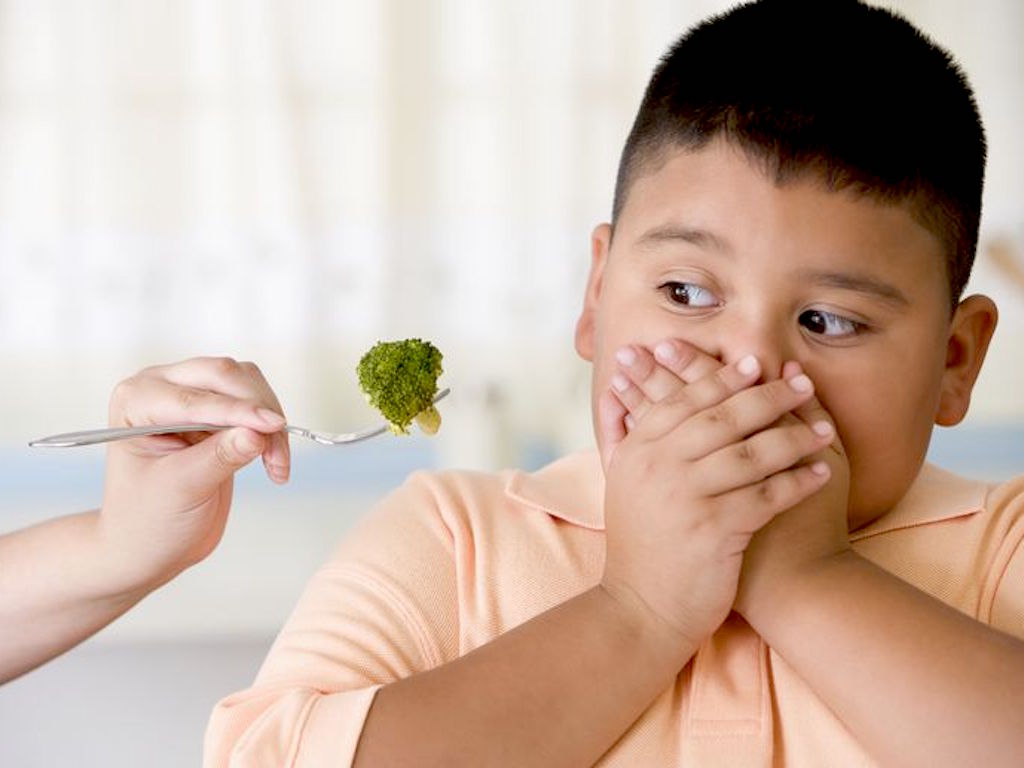
Serve appropriate portion sizes. Children don’t need as much food as adults do. Allow your child to eat until he or she is full, even if that means leaving food on the plate. And remember, when you eat out, those portion sizes are often significantly oversized.
Physical activity
A critical part of achieving and maintaining a healthy fat percentage, especially for children, is physical activity. It not only burns calories but also builds strong bones and muscles and helps children sleep well at night and stay alert during the day. Good habits established in childhood help adolescents maintain healthy fat percentage despite the hormonal changes, rapid growth and social influences that often lead to overeating. And active children are more likely to become fit adults. To increase your child’s activity level:
Limit TV and recreational computer time to no more than 2 hours a day. A good way to increase your child’s activity levels is to limit the number of hours he or she is allowed to watch TV each day. Other sedentary activities — playing video and computer games or talking on the phone — also should be limited.

Emphasize activity, not exercise. Find activities your child likes to do. Children should be moderately to vigorously active for at least an hour a day. Your child’s activity doesn’t have to be a structured exercise program — the object is just to get him or her moving. Free-play activities — such as playing hide-and-seek, tag or jump-rope — can be great for burning calories and improving fitness. Parents should encourage their kids to do a variety of activities so that they can work on all the components of fitness.
Endurance. Endurance develops when kids regularly get aerobic activity. During aerobic exercise, large muscles are moving, the heart beats faster, and a person breathes harder. Aerobic activity strengthens the heart and improves the body’s ability to deliver oxygen to all its cells. Aerobic exercise can be fun for both adults and kids. Aerobic activities include: running, bicycling, swimming, football, badminton, tennis basketball.
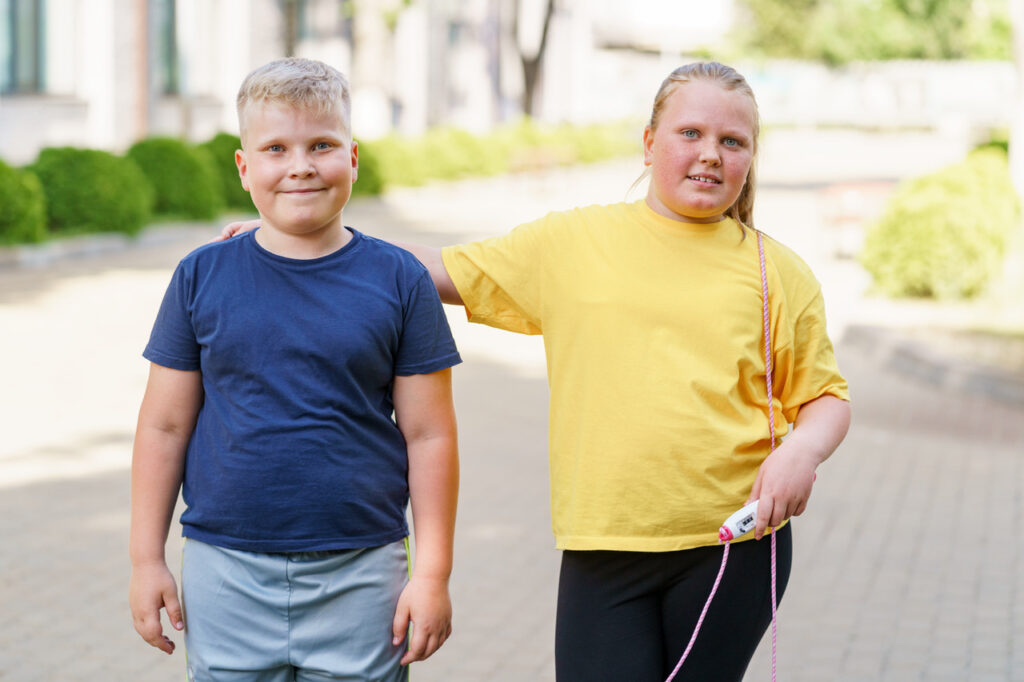
Strength. Improving strength doesn’t have to mean lifting weights. Instead, kids can do push-ups, crunches, pull-ups, and other exercises to help tone and strengthen muscles. They also improve their strength when they climb, do a handstand, or wrestle. Muscle strengthening and aerobic exercises like running, jumping, and hopping, also help build strong bones.
Flexibility. Stretching exercises help improve flexibility, allowing muscles and joints to bend and move easily through their full range of motion. Kids get chances every day to stretch when they reach for a toy, practice a split, or do a cartwheel. Dance, yoga, and martial arts, like karate, are examples of flexibility activities.

Dr Saranjeet Singh
Fitness & Sports Medicine Specialist
Lucknow (UP), INDIA

